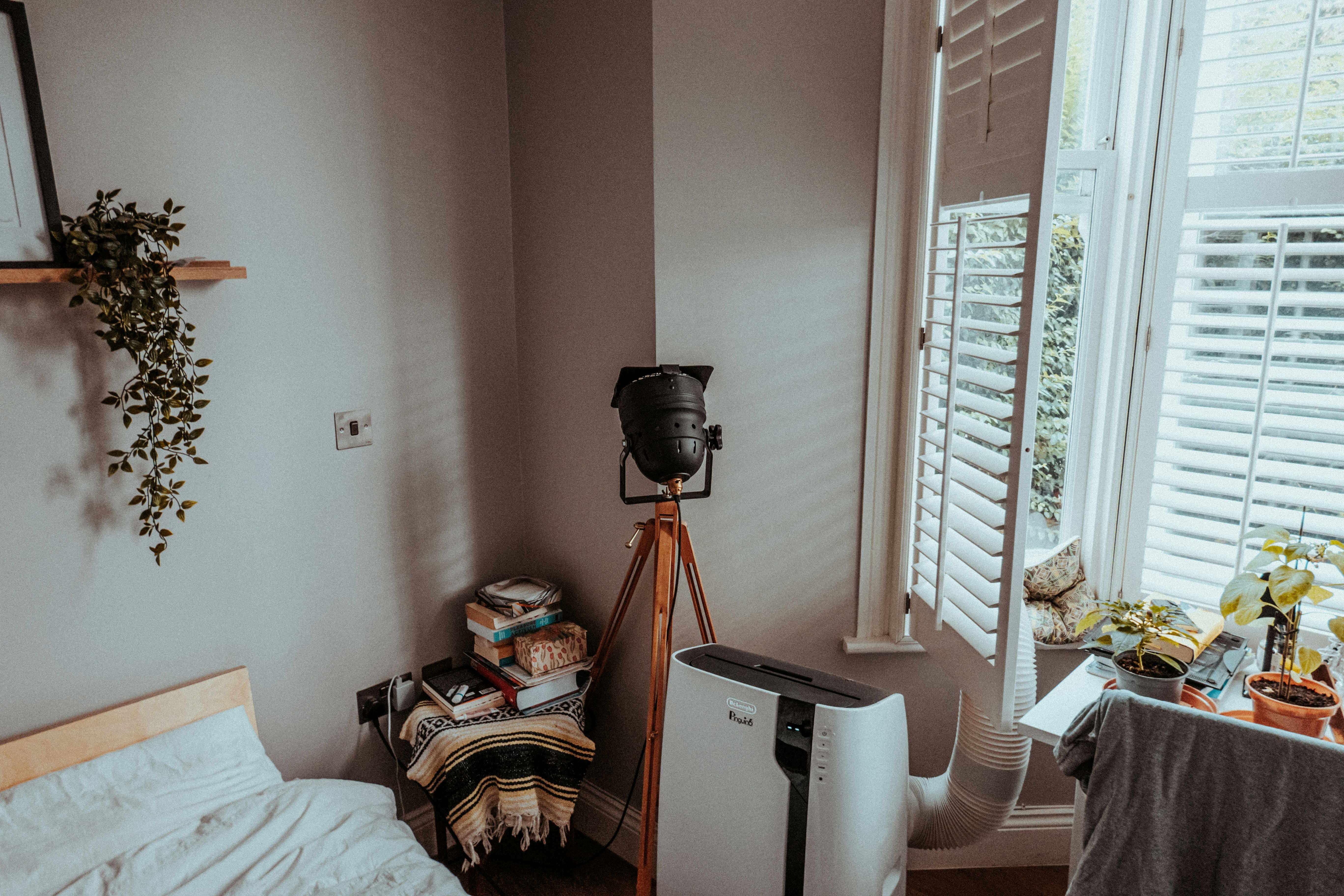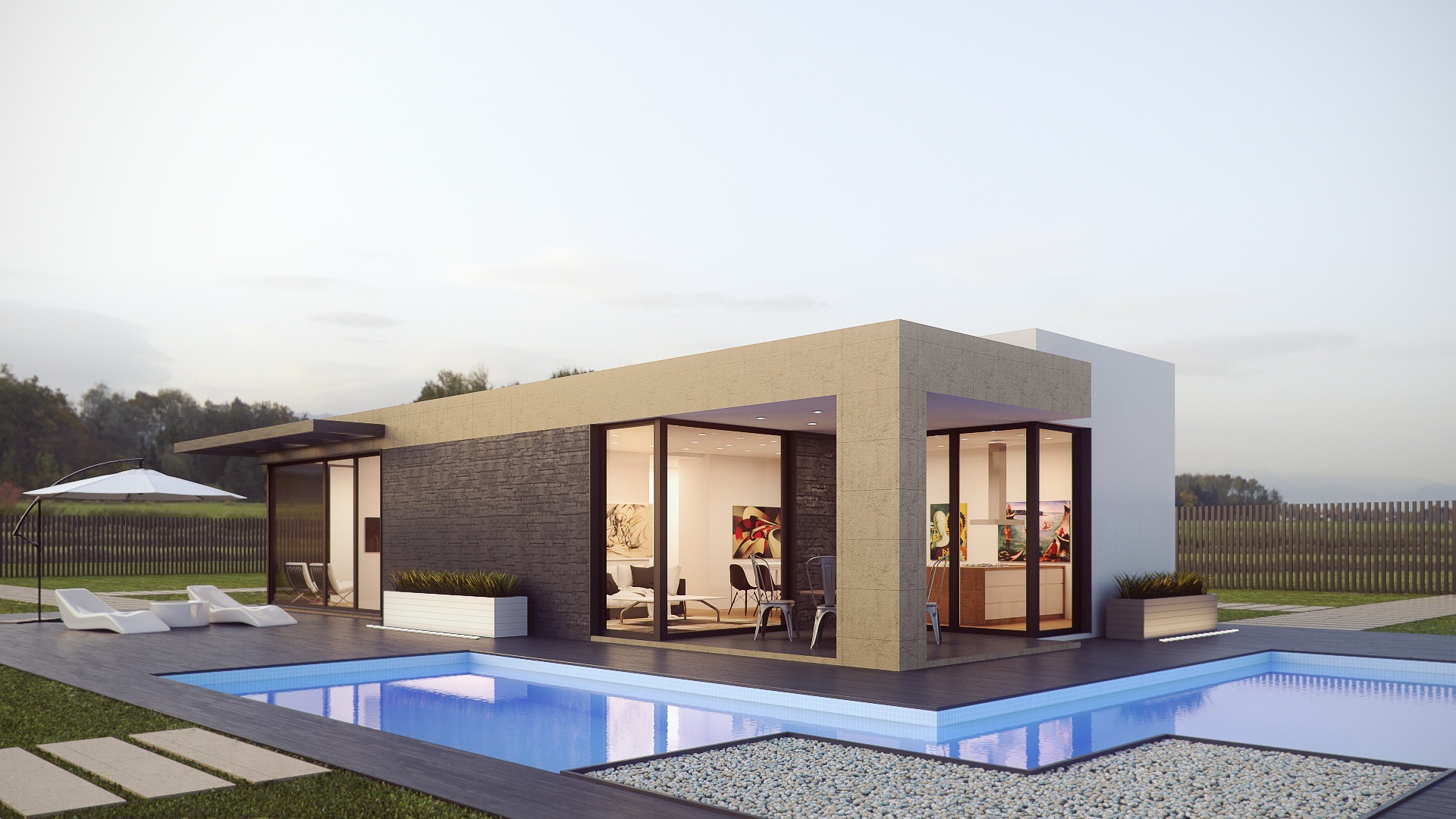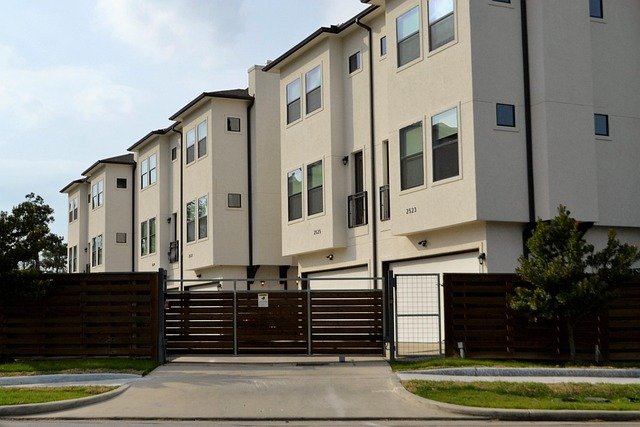"Incorporating Feng Shui Principles to Enhance Home Harmony"
Introduction: In an era where home is more than just a dwelling - serving as our office, gym, and sanctuary - it's crucial to create a space that promotes harmony and balance. The ancient art of Feng Shui, with its focus on arranging spaces to maximize positive energy, offers unique strategies to achieve this. This article delves into the origin of Feng Shui, its unique principles, and how to apply them to modern homes.

A Journey Back to Feng Shui’s Roots
Feng Shui, meaning “wind” and “water,” is an ancient Chinese practice dating back over 3,000 years. It operates on the belief that our surroundings directly impact our wellbeing, emphasizing the need for balance and harmony in our living spaces. The practice centers on the flow of “Chi” (life energy), seeking to arrange spaces that encourage its free movement while removing objects that obstruct it.
Feng Shui in the Modern Context
Over time, Feng Shui has evolved and adapted to suit the needs of the modern world. Contemporary Feng Shui principles focus on creating balanced and harmonious living spaces that promote health, wealth, and happiness. They integrate design principles like decluttering, color theory, and proper placement of furniture and decor, making Feng Shui a relevant tool in modern home styling and design.
Practicality and Market Trends
Applying Feng Shui principles in home design has become increasingly popular, reflecting a broader trend towards mindful living. Its emphasis on decluttering and organized spaces aligns with the minimalistic design trends, while its core belief in creating balance resonates with the wellness-focused audience. Furthermore, Feng Shui’s adaptability allows it to enhance any design style, from modern to traditional, increasing its market appeal.
Impact on Daily Living
Implementing Feng Shui into a home does more than create an aesthetically pleasing space—it improves the quality of life. A well-balanced room can promote relaxation, improve sleep, and increase productivity. Furthermore, Feng Shui’s emphasis on decluttering can also reduce stress and create a more efficient living environment.
The Art of Balancing Yin and Yang
At the heart of Feng Shui lies the concept of Yin-Yang, the balance between opposing forces. By understanding and applying this principle, one can create spaces that balance active (Yang) elements with passive (Yin) ones. This could involve balancing dark, heavy furniture (Yin) with lighter, vibrant decor (Yang), or arranging spaces that balance quiet, restful areas with more active, social ones.
The beauty of Feng Shui lies in its ability to transform ordinary spaces into harmonious sanctuaries. By understanding and incorporating its principles, we can create homes that are not only visually pleasing but also promote wellbeing and balance. Whether you’re a design novice or a seasoned expert, Feng Shui offers a timeless approach to creating truly balanced and harmonious homes.




